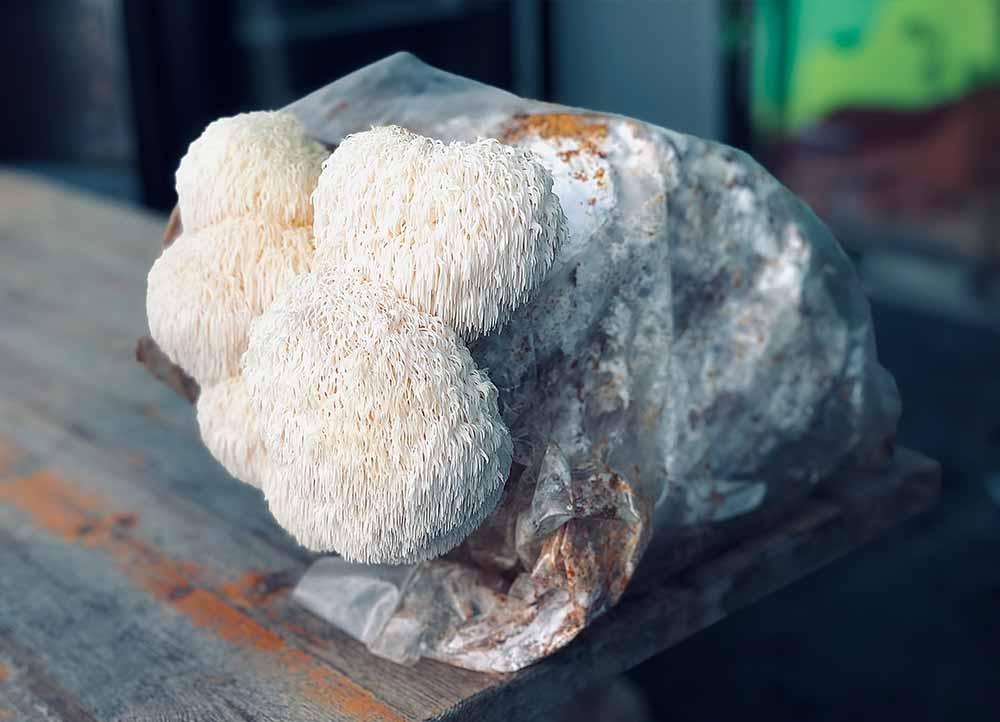Introduction: The Magic of Mushrooms
Imagine walking in a forest after the rain, discovering mushrooms emerging from the ground, their caps beaded with sparkling drops of water. This sight is both fascinating and mysterious.
However, behind every mushroom lies a true feat of nature. Contrary to what one might think, mushrooms do not grow on their own; their appearance results from a complex series of events.
Each mushroom is, in fact, a little miracle.
The Life Cycle of a Mushroom: A Miracle in Itself
Spores: The Seeds of the Mushroom
Mushrooms reproduce by spores, microscopic cells released into the environment. But a single spore, no matter how resilient, is not enough to create a mushroom. It must meet another compatible spore. This meeting is actually quite rare and the chances of success are low.
The Meeting of Primary Mycelia
For a mushroom to grow, two compatible spores must germinate and form primary mycelia. These must then fuse to create a secondary mycelium capable of producing a mushroom. This process is complex and fraught with pitfalls:
Natural Obstacles
Once the mycelium is formed, it still has to survive many dangers: insects, slugs, bacteria, other fungi, drought, lack of nutrients, sun, wind, cold, heat... The survival probability is low. Yet, when all conditions are met, the miracle happens: the mushroom eventually fruits.
Fruiting
Fruiting is the final stage, the one we see when we pick a mushroom. But it is only the tip of the iceberg; the real work happens underground, in the mycelium.

Mushroom Cultivation: A Reproduction of Nature
Mushroom cultivation involves reproducing this life cycle in a controlled environment to maximize the chances of fruiting. It is a delicate process, requiring precision and patience, to mimic optimal natural conditions.
The Different Stages of Cultivation
- Substrate Preparation: The substrate, such as straw, wood, or coffee grounds, must be carefully selected and sterilized to avoid contamination.
- Inoculation: Spores or myceliums are introduced into the prepared substrate to start the growth process.
- Incubation: The inoculated substrate is kept at ideal temperatures and humidity levels to promote mycelium development.
- Controlled Fruiting: When the mycelium is mature, environmental conditions are changed to trigger fruiting.
- Harvest and Repeat: After fruiting, the mushrooms are harvested, and the substrate can be prepared for a new growth.
Every step is crucial and requires careful monitoring. Growers must not only replicate natural conditions but also improve them to ensure the best possible harvest.
Maximizing the Chances of Success: Beating the Odds
Techniques to Reduce Risks
Growers use advanced techniques to reduce the risks of contamination, poor growth, or failure. This includes sterile environments, precise control of environmental parameters, and the use of optimized substrates.
The Importance of Perseverance and Experimentation
Mushroom cultivation is far from an exact science. It requires perseverance and experimentation to succeed. Mistakes are common, but they are also opportunities to learn and improve.
Conclusion: Relearning to Appreciate Mushrooms
Whether they grow in the wild or are carefully cultivated, mushrooms are the result of remarkable work and a delicate alchemy of favorable conditions. Each mushroom is a testament to nature's resilience and human ingenuity.
Our ready-to-grow cultivation logs:
Our logs are ready to use: just add water and place them in a suitable location to see the mushrooms grow.

Like all our products, these logs are certified organic and comply with the strict standards of organic farming.






